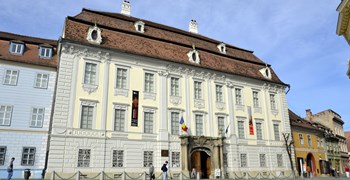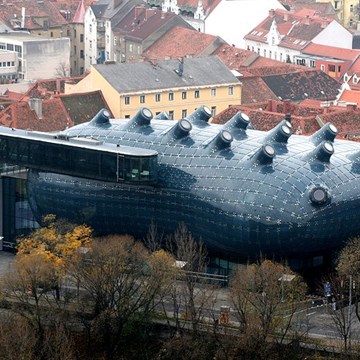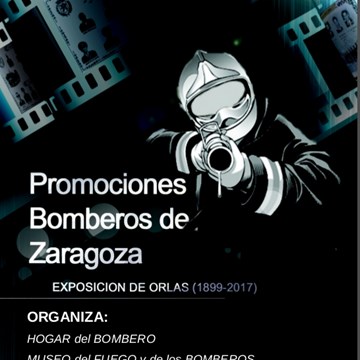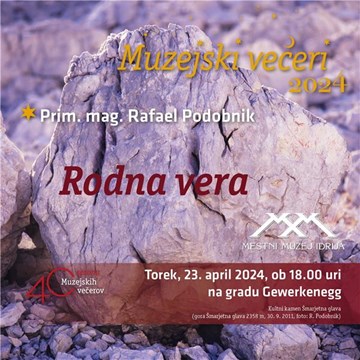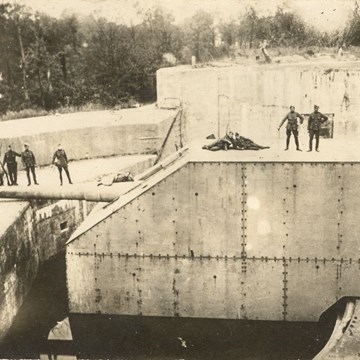A history not well known. The locations of commerce in the historical center of Sibiu
The exhibition presents a subject related to both traditional aspects and the features of novelty – the locations of commerce that opened their windows in the historical center of the city of Sibiu.
Based on centuries of experience (in the 14th c. the city was the third in Europe for its number of guilds), the economic life in Sibiu was known since Middle Ages for its largely appreciated products that were sold as far as the Orient.
From the 15th c. on, Sibiu’s economic activity developed concentric around the two central squares – the Grand Square contoured by the houses of the well-faired citizens and the Lesser Square contoured by the houses and workshops of the citizens living on trade.
During 18th to 20th centuries, the economic life in Sibiu continued to be characterized by the diversity of its market that put together haberdasheries, jewelry shops, coffee shops, photographer’s shops, grocer’s shops, hairdresser’s shops, backer’s shops, fashion parlours etc.
Some of the shops functioned constantly until present days, other closed up few months after the opening or during the communist period. Their story is the same one that tells about a cosmopolitan city, a charming and romantic mix of Western influence and local flavor.
Exhibitions and events

The Polyptych Altar from Proştea Mare (Târnava). The configuration of the iconographic structure following the restoration works
Permanent exhibitionThe event is marking the reintegration as part of the permanent exhibition of the impressive polyptych altar from Proştea Mare / Târnava (Sibiu County), dated 1480-1510. This is the first time...
Activities from this museum
We don't have anything to show you here.
